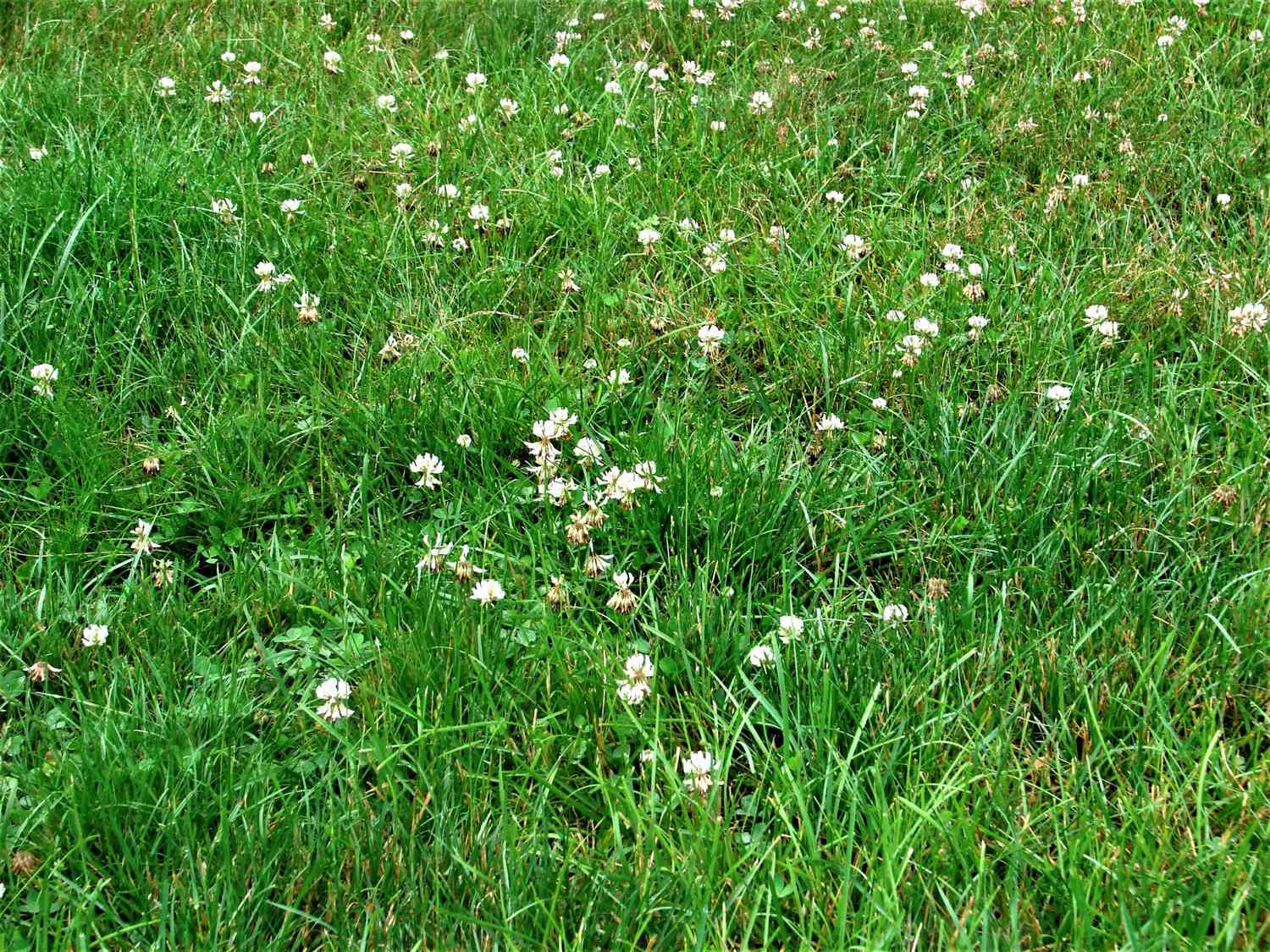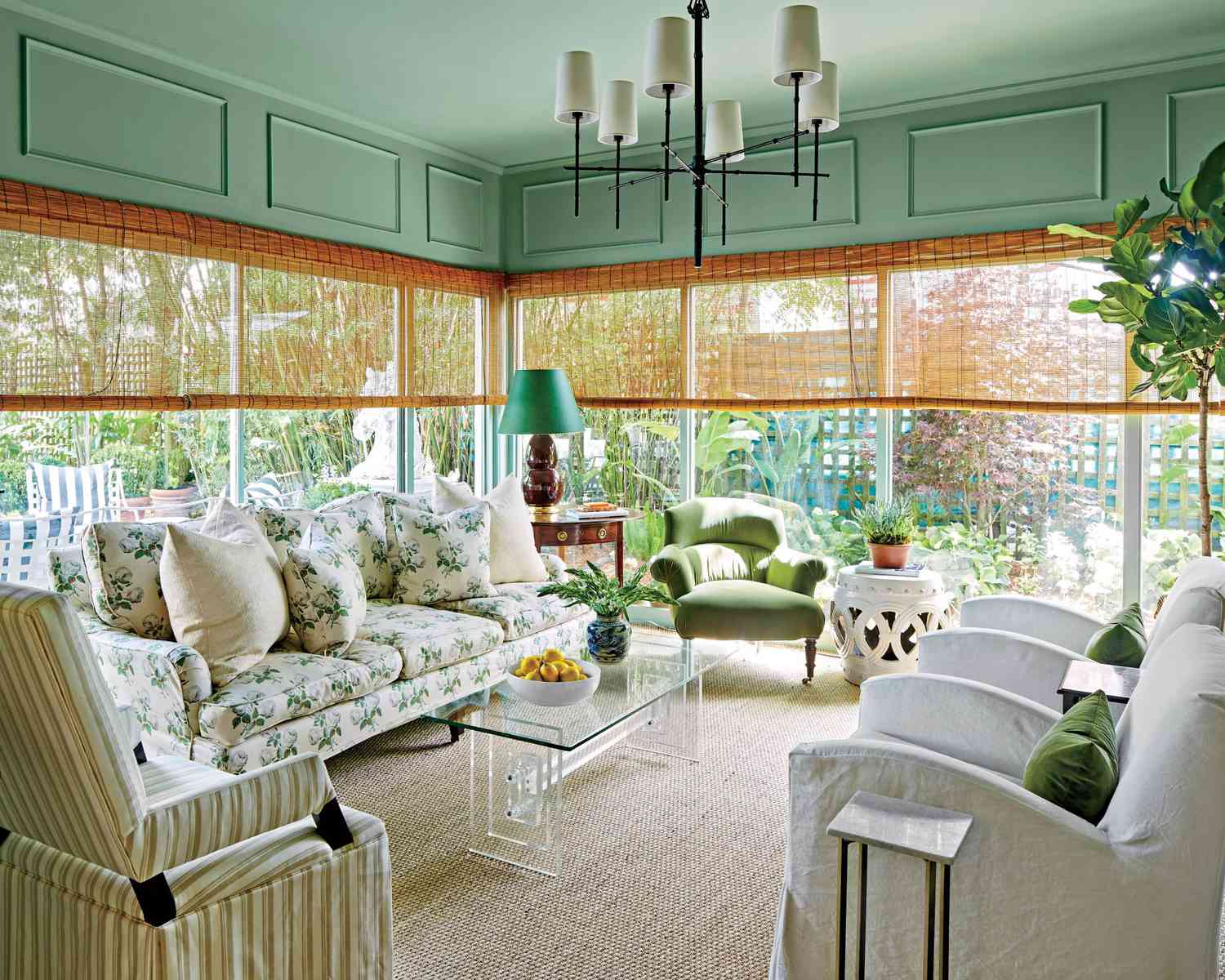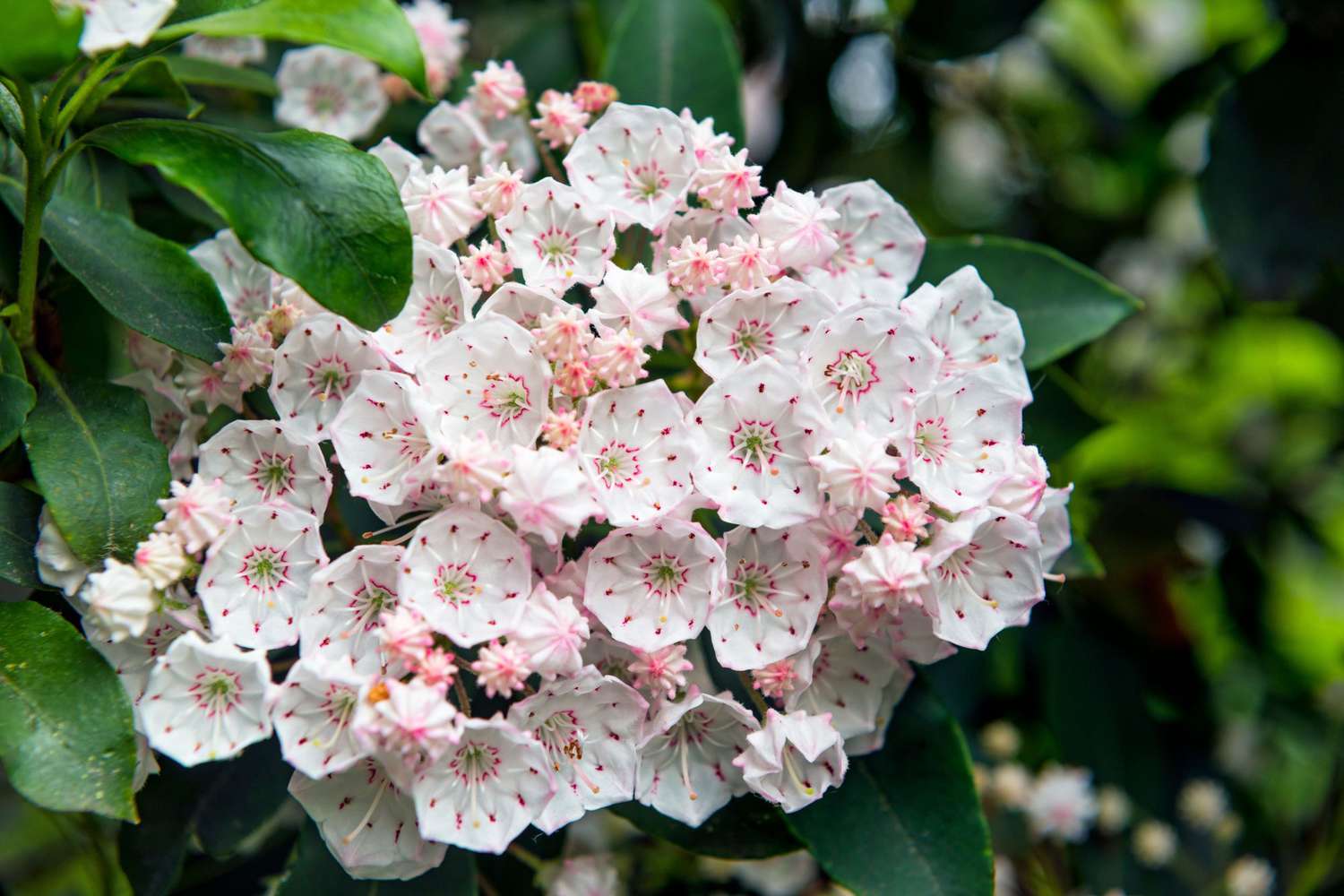As we move forward in 2024, our yards are becoming more than just places of beauty—they’re evolving into sustainable ecosystems that reflect our values and lifestyle choices. Today’s homeowners are increasingly embracing landscaping approaches that work with nature rather than against it, combining environmental consciousness with modern technology to create outdoor spaces that are both beautiful and responsible. If you’re planning a complete yard overhaul or simply looking to make a few eco-friendly adjustments, sustainable landscaping offers benefits for your wallet, your community, and the planet.
Native plants, water conservation, and eco-friendly lawns are leading the charge in modern landscaping—and for good reason. These approaches not only reduce maintenance time and costs but also create healthier outdoor environments that support local wildlife and conserve precious resources. Let’s explore some of the most effective sustainable landscaping approaches that are transforming ordinary yards into thriving outdoor sanctuaries across neighborhoods just like yours.

- Starting an eco lawn: A step towards sustainable landscaping and ecosystem support. Source: https://www.facebook.com/SouthernLiving/ – southernliving.com
Utilizing native plants in your landscaping is perhaps the most impactful sustainable choice you can make for your garden. According to landscaping experts, native plants have evolved to thrive in your specific climate and soil conditions without requiring excessive watering, fertilizers, or pesticides. When you choose plants that naturally grow in your region, you’re essentially working with nature rather than fighting against it. Native plants have developed natural defenses against local pests and diseases, meaning you’ll spend less time and money on chemical treatments that can harm beneficial insects and contaminate groundwater.
Beyond their practical benefits, native plants create a connection between your garden and the broader local ecosystem. They provide familiar food sources and habitat for local wildlife, from birds and butterflies to beneficial insects that help control garden pests naturally. As Jeremy Yamaguchi, CEO of Law Love, points out, the Mediterranean garden approach—using plants adapted to your natural summer climate rather than trying to recreate conditions from other regions—represents this philosophy perfectly. By aligning your plant choices with your local environment, you create a landscape that feels integrated, requires fewer resources, and contributes positively to your neighborhood’s biodiversity.

- Transform your yard into a versatile outdoor living space, ideal for activities year-round. Source: https://www.facebook.com/SouthernLiving/ – southernliving.com
Smart technology is transforming how we maintain our outdoor spaces, making water conservation easier and more effective than ever before. WiFi-enabled irrigation systems can now adjust watering schedules based on real-time weather conditions, soil moisture levels, and even evaporation rates. These systems prevent overwatering during rainy periods and increase irrigation during heat waves—all without you lifting a finger. Many of these smart controllers can be managed through smartphone apps, allowing you to monitor and adjust your garden’s water usage whether you’re at home or on vacation.
Eco lawns represent another significant shift in sustainable landscaping, moving away from traditional water-hungry grass toward more diverse, drought-tolerant alternatives. As Dan Bailey, President of WikiLawn Austin Lawn Care, explains, these modern lawns incorporate clovers, herbaceous plants, and native grasses that require far less mowing, watering, and chemical treatments. Establishing an eco lawn typically involves waiting until your conventional lawn has gone dormant, mowing it extremely short, and then overseeding with your chosen eco-friendly alternatives. Once established, these lawns need mowing just every two to three weeks, dramatically reducing both maintenance requirements and environmental impact while creating habitat for essential pollinators like bees and butterflies.

- Low-maintenance plants in a garden: The smart choice for effortless beauty and color. Source: https://www.facebook.com/SouthernLiving/ – southernliving.com
Transforming your yard into a functional outdoor living space has emerged as one of the most popular landscaping trends in recent years, and it’s easy to see why. By extending your home’s living area into the outdoors, you not only gain additional space for relaxation and entertainment but also create opportunities to connect more deeply with nature and your local environment. Today’s outdoor living areas go far beyond simple patios and decks—they incorporate comfortable seating arrangements, outdoor kitchens, fire pits, and even weather-resistant entertainment systems that allow you to enjoy your garden in entirely new ways.
These extended living spaces encourage families to spend more time outdoors, fostering an appreciation for nature while providing settings for meaningful social gatherings. When designed thoughtfully, outdoor living areas can integrate seamlessly with sustainable landscaping practices, using permeable paving materials that allow rainwater to soak into the ground, incorporating shade trees that reduce cooling costs, and featuring native plantings that attract wildlife. By blurring the boundaries between indoors and out, these spaces help us rediscover the pleasures of outdoor living while potentially reducing our environmental footprint by encouraging more time in natural light and fresh air.
Edible landscaping—or “edimentals” as they’re increasingly called—represents a perfect marriage of form and function in modern sustainable gardens. These dual-purpose plants offer both ornamental beauty and edible components, allowing you to harvest fresh produce from plants that enhance your landscape’s aesthetic appeal. Options like colorful Swiss chard, architectural artichokes, feathery asparagus, and ruffled kale can serve as striking ornamental elements while providing fresh, nutritious food for your table. This approach maximizes the value of every square foot of your garden while reducing the resources required to maintain separate ornamental and food-growing areas.
What makes edimentals particularly appealing for busy homeowners is their relatively low maintenance requirements compared to traditional vegetable gardens. Many edible perennials develop deep root systems that allow them to withstand drought conditions once established, and they don’t require annual replanting. As the resource notes, these plants typically don’t demand large portions of your yard to thrive, making them perfect for integrating into existing landscape designs. By incorporating edimentals into your garden, you create a landscape that nourishes both body and soul—providing fresh, pesticide-free food while reducing grocery bills and the environmental impact associated with commercially grown produce.
Vertical gardening represents one of the smartest design solutions for modern landscapes, especially for homeowners with limited space. By growing upward rather than outward, vertical gardens maximize your planting area while creating striking visual elements that can transform plain walls, fences, or narrow spaces into lush, living displays. Trellises, living walls, hanging planters, and specialized vertical growing systems allow you to cultivate everything from flowering vines and herbs to vegetables and small fruits in spaces that might otherwise go unused. This approach is particularly valuable in urban and suburban settings, where horizontal growing space comes at a premium.
Beyond their space-saving benefits, vertical gardens can serve practical functions in your landscape. When strategically placed, climbing plants can provide natural cooling for your home by shading walls and windows during hot summer months. Vertical gardens can also create privacy screens, define outdoor rooms, or disguise unattractive views while adding texture and visual interest to your outdoor space. For small-space gardeners, this approach means no longer having to choose between growing beautiful ornamentals or practical edibles—with vertical systems, you can enjoy both in even the most compact garden settings.
Working with your property’s existing topography rather than against it represents both a sustainable approach and a budget-friendly landscaping strategy. As noted in the resource, one of 2024’s emerging trends involves utilizing your current yard layout without making major adjustments or excavation. This philosophy encourages homeowners to see potential in their land’s natural contours and characteristics rather than viewing them as problems to be corrected. A sloped area that might once have been leveled at great expense can instead become a terraced garden or dry creek bed that manages rainwater runoff naturally.
This approach not only preserves your property’s natural drainage patterns and soil structure but also significantly reduces landscaping costs and environmental impact. Heavy excavation requires fossil-fuel-powered equipment, disrupts soil ecosystems, and often leads to erosion problems until new plantings become established. By embracing rather than fighting your yard’s natural characteristics, you create a landscape that feels more harmonious and established. Low-maintenance, colorful plant arrangements can be designed to thrive in specific microclimates within your yard—using sun-loving, drought-tolerant plants on dry slopes and moisture-loving species in natural low spots, for example—creating visual interest while minimizing ongoing care requirements.

